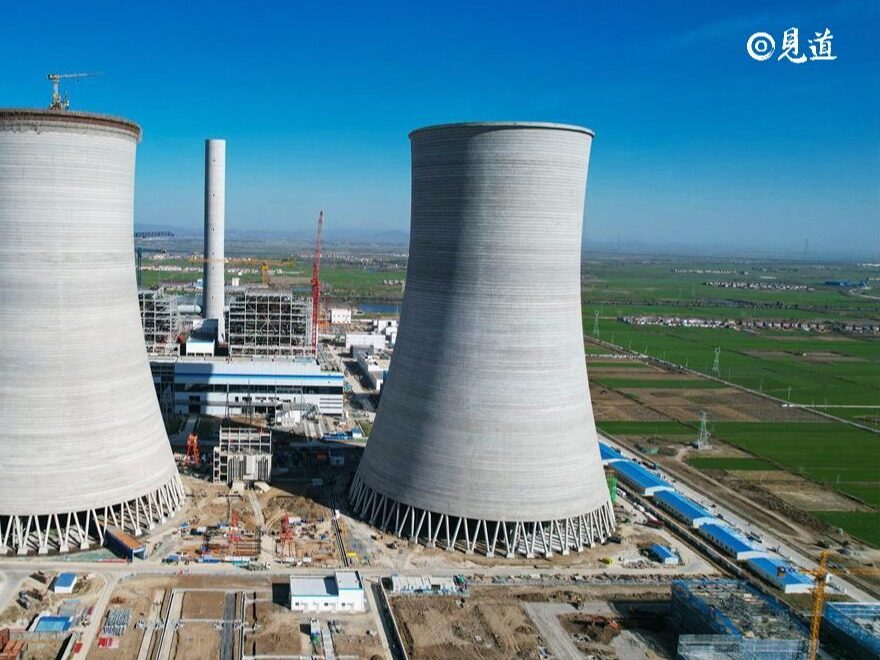- Poland will begin construction of its first nuclear power plant in Rupyatovo Copalino, Pomerania Province in 2026
- This move will help diversify electricity production within the EU

The International Atomic Energy Agency has approved Poland's launch of its nuclear power program. After reviewing Poland's nuclear regulatory framework, the IAEA stated that the framework meets its safety standards and that the regulatory agency has the ability and is prepared to launch nuclear energy.

The visit of the Polish Comprehensive Regulatory Review Service Working Group was held from September 4-15, 2023, consisting of 4 IAEA staff members, 15 regulatory experts, and 1 European Commission observer from 14 countries. This is the second IRRS visit to Poland since my first visit in 2013. The evaluation team found that Poland's government, legal, and regulatory framework for nuclear and radiation safety meets the standards of the IAEA.
Mike King, the head of the IRRS team, said that this is an important milestone for Poland, which has been considering nuclear power plans for many years. The commitment of PAA to safety, as demonstrated by the second IRRS working group visit, is crucial for ensuring the safe and reliable operation of any nuclear power plant built in Poland.

Poland will have up to six reactors in two or three locations, with a total power generation capacity of 6-9 billion watts. These power plants are expected to go online in 2040. Poland had previously considered acquiring shares in the planned Visaginas nuclear power plant in Lithuania. Since 2005, politicians have been considering introducing nuclear power, but the issue of funding sources and political disputes has often led to delays. The latest developments will help the country break away from its dependence on coal, which currently accounts for 69% of coal.

Currently, 12 out of the 27 EU member states have 100 nuclear power plants within the EU providing 97GWe. They account for a quarter of the entire EU's electricity generation, but more than half of it is produced in France. Poland's development will increase and diversify the EU's nuclear power production.Editor/XingWentao
Comment
 Praise
Praise
 Collect
Collect
 Comment
Comment
 Search
Search














Write something~